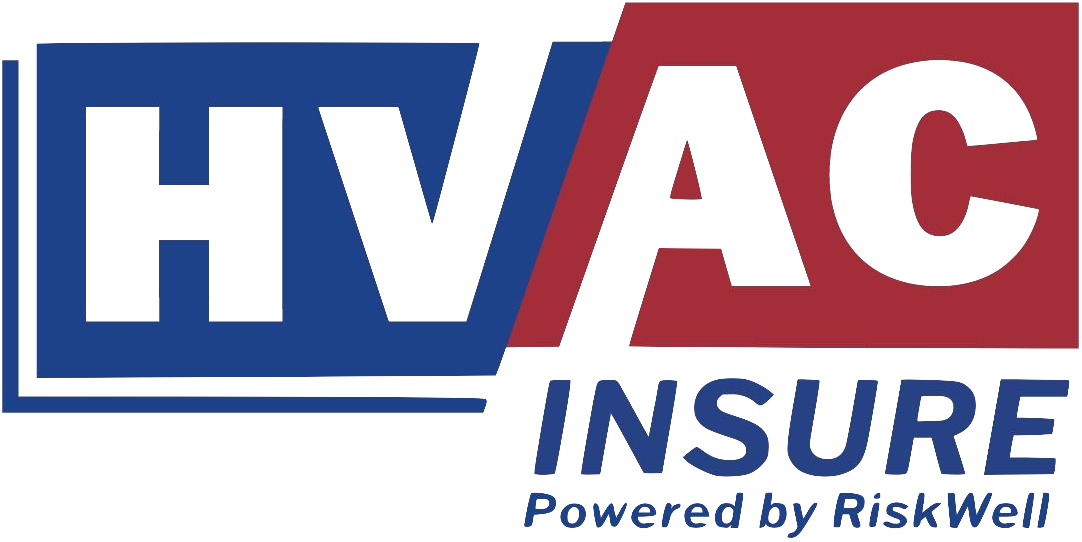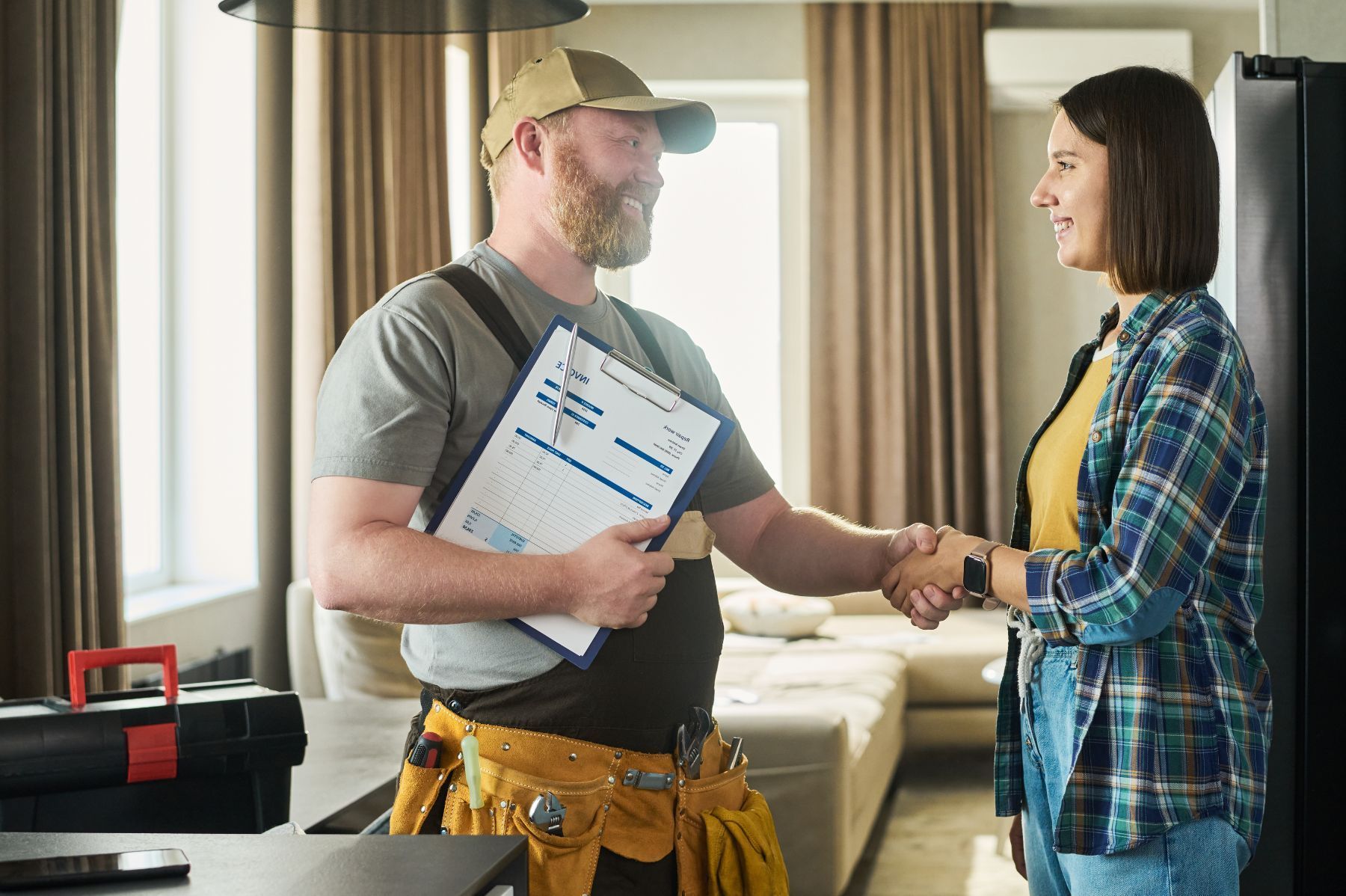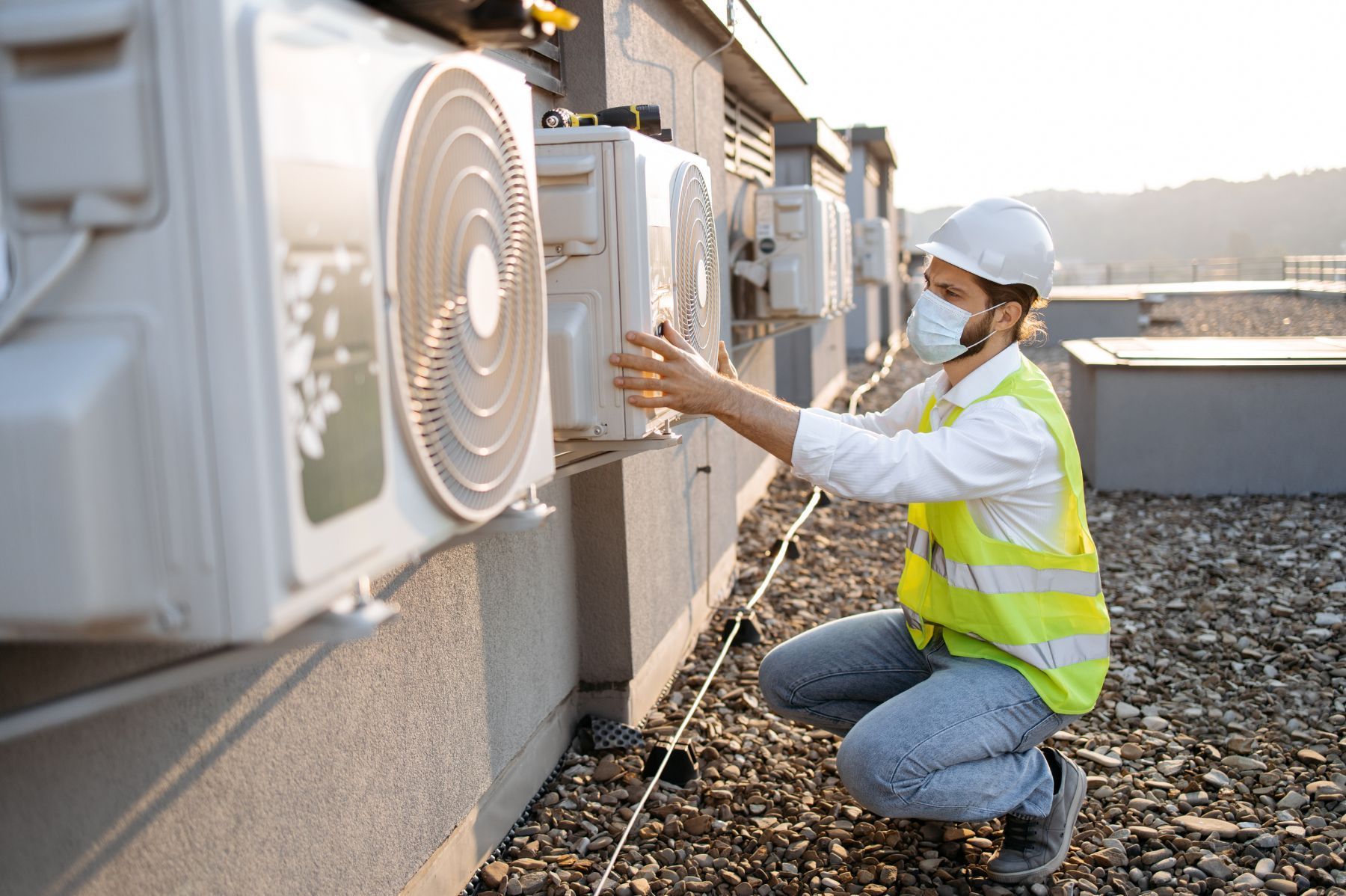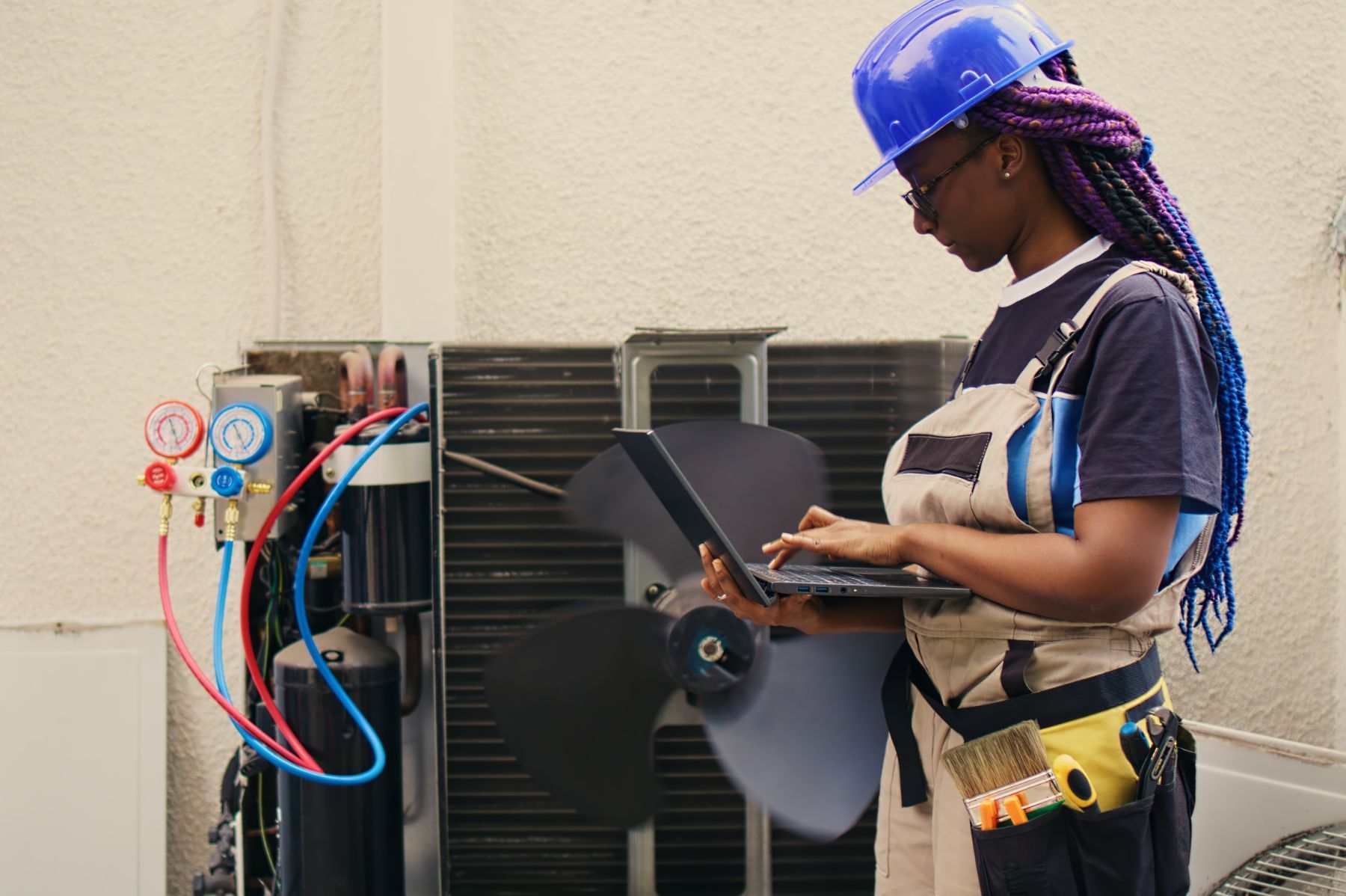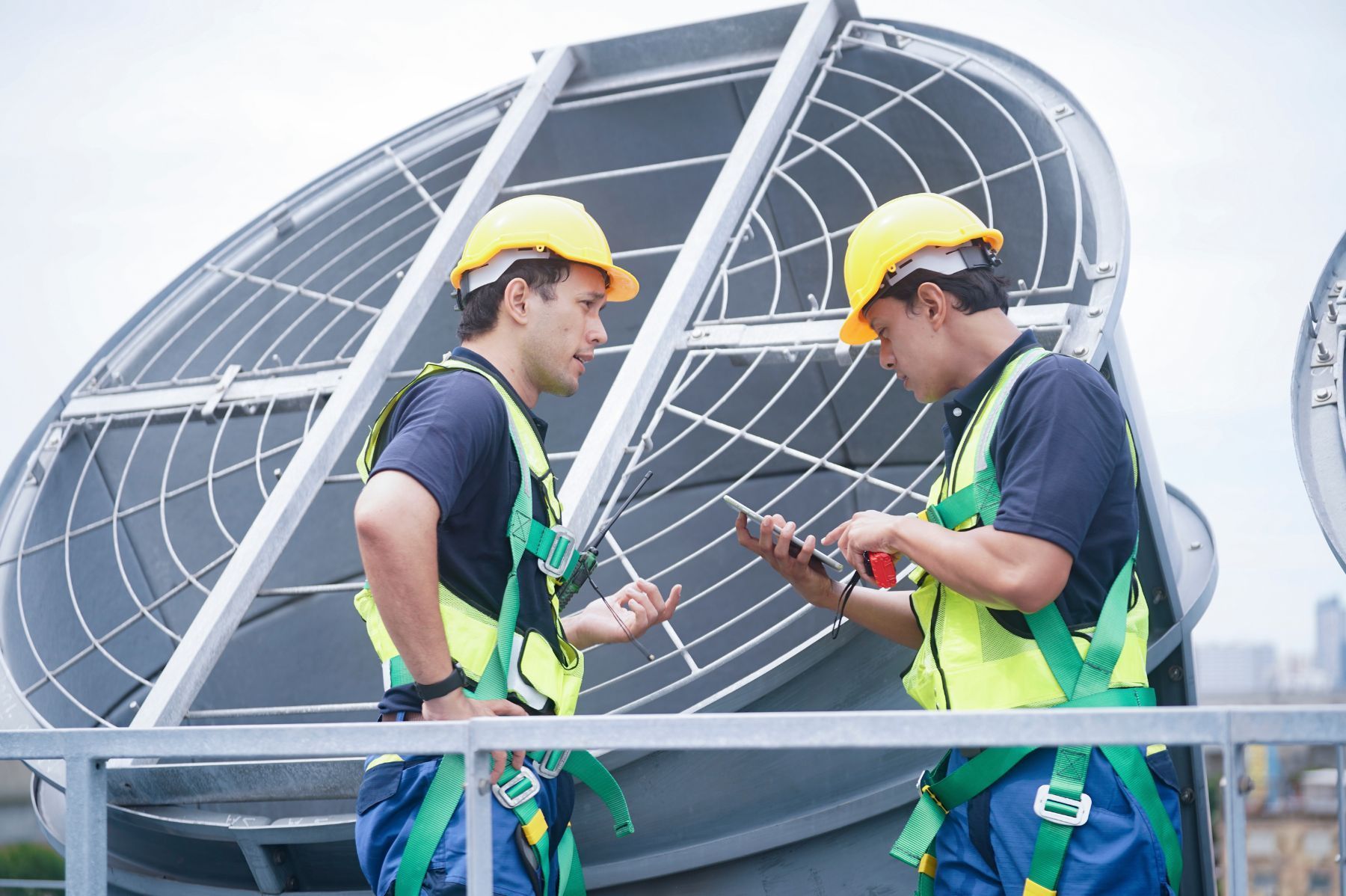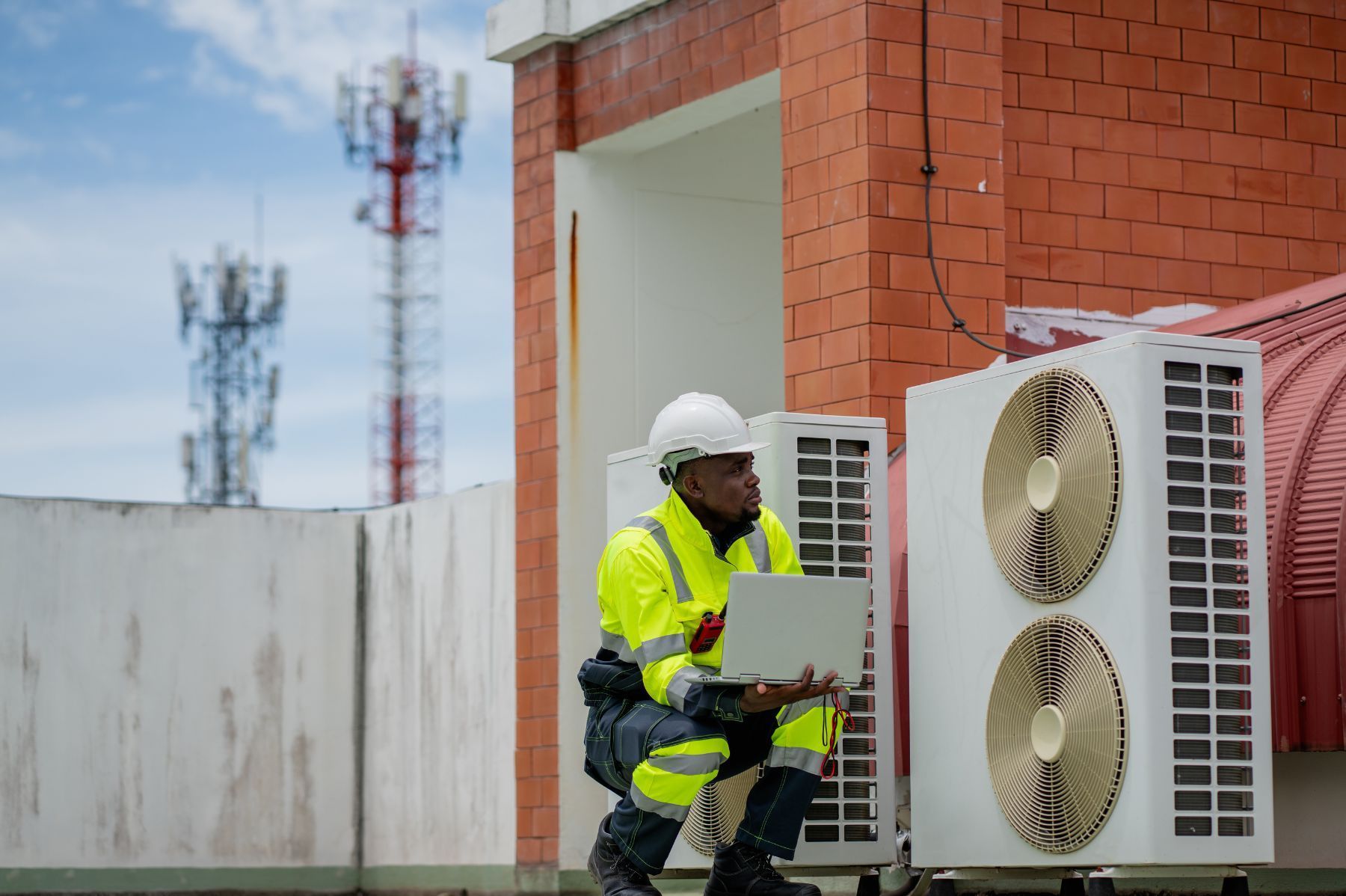HVAC Insurance Trends: What To Know for 2026
See How We're Different
or call us: (469) 678-8001

When the unexpected strikes, such as severe weather damaging HVAC equipment, the financial impact can be significant. For contractors and business owners in the HVAC industry, understanding insurance trends is no longer optional. With the U.S. HVAC market projected to exceed $290 billion by 2025, keeping up with evolving insurance needs is critical to protect investments and operations. Expert Air highlights this rapid market growth, underscoring why insurance coverage must keep pace with industry changes.
Rising Costs and Their Impact on Insurance Settlements
Equipment prices and labor costs have been steadily climbing, a trend that shows no sign of slowing. Inflation has pushed these expenses higher, making insurance claims more complex. Curt VanNess, Technical Director for HVACi, points out that precise damage evaluations are essential to avoid costly mistakes in insurance settlements. Overpaying or underpaying can have serious financial consequences for contractors and insurers alike.
Accurate assessments ensure that claims reflect the true replacement costs and labor involved. This attention to detail helps contractors maintain profitability while preventing insurance companies from incurring unnecessary losses. As a result, contractors who invest in thorough damage evaluations are better positioned to negotiate fair settlements.
With the contractor insurance market expected to grow from $5.2 billion in 2024 to $8.1 billion by 2033, according to HVAC Insure, this focus on accurate claims will only become more important. The increasing complexity of claims due to rising costs not only demands a more rigorous approach to evaluations but also highlights the need for ongoing training and education for contractors. As new technologies emerge and industry standards evolve, staying informed about the latest practices can significantly impact the outcome of insurance claims.
Moreover, the shift towards digital tools and data analytics in the insurance sector is transforming how claims are processed. By leveraging advanced software and analytical techniques, contractors can provide insurers with detailed reports and visual documentation that substantiate their claims. This not only expedites the settlement process but also fosters a more transparent relationship between contractors and insurers, ultimately leading to better outcomes for all parties involved. As the industry adapts to these changes, the importance of accurate and timely information will only grow, making it imperative for contractors to embrace these innovations to remain competitive in the marketplace.
New Efficiency Standards and Their Insurance Implications
The U.S. Department of Energy has raised the minimum Seasonal Energy Efficiency Ratio (SEER) ratings starting January 2025. This change affects the specifications for HVAC equipment and installation standards nationwide. Contractors must now install higher-efficiency units, which often come with increased upfront costs. As a result, many homeowners may find themselves grappling with the decision to invest in these more efficient systems, weighing the long-term energy savings against the initial financial outlay.
Insurance policies will need to reflect these changes. Higher SEER ratings mean replacement parts and equipment are more expensive, which can drive up claim amounts. Insurers and contractors alike must adjust their expectations and coverage limits to accommodate these new standards. Additionally, as the market shifts towards these higher-efficiency units, there may be a greater emphasis on the need for specialized training for contractors to ensure proper installation and maintenance, further influencing insurance considerations.
Understanding these regulatory shifts helps contractors prepare for insurance claims related to equipment damage or replacement. It also highlights the importance of updating insurance policies regularly to match evolving industry requirements. This proactive approach not only safeguards contractors but also ensures that clients are adequately covered in the event of unforeseen circumstances. More on this can be found at HVAC Insure.
Moreover, the transition to higher SEER-rated systems aligns with broader environmental goals, as these units typically consume less energy, reducing greenhouse gas emissions. This shift not only benefits homeowners through lower utility bills but also contributes to national efforts aimed at combating climate change. As consumers become more environmentally conscious, the demand for energy-efficient HVAC systems is likely to grow, prompting manufacturers to innovate and improve their offerings. This evolving landscape presents both challenges and opportunities for insurance providers, who must stay ahead of the curve to meet the changing needs of their clients.
Furthermore, the implications of these new standards extend beyond just the immediate costs associated with installation and insurance. As HVAC systems become more advanced, the potential for technological integration, such as smart thermostats and IoT devices, increases. These innovations not only enhance energy efficiency but also create new avenues for risk management and insurance underwriting. Insurers may need to consider these factors when assessing policies, potentially leading to new coverage options that address the unique risks associated with modern HVAC technologies.
Technology's Role: AI in HVAC and Insurance
Artificial intelligence is reshaping many industries, and HVAC is no exception. The global HVAC AI market was valued at $1.2 billion in 2022 and is projected to grow at a compound annual growth rate of 17.5% through 2027. This growth reflects increasing adoption of AI tools for predictive maintenance, energy management, and system optimization. By utilizing machine learning algorithms, HVAC systems can analyze vast amounts of data in real-time, allowing them to adjust operations based on environmental conditions, user preferences, and historical performance. This not only enhances comfort but also significantly reduces energy consumption, leading to lower utility bills for consumers.
From an insurance perspective, AI can improve risk assessments and claims processing. Contractors using AI-driven diagnostics can provide more precise damage reports, reducing disputes and speeding up settlements. Insurers benefit by gaining better data to price policies accurately and identify risk patterns. Furthermore, AI can assist in fraud detection by analyzing claims data for anomalies that may indicate fraudulent activity. This proactive approach not only protects the insurance companies but also ensures that honest policyholders receive their due compensation without unnecessary delays.
Europe’s HVAC market, expected to reach $46 billion by 2025, is also embracing AI technologies, signaling a global shift towards smarter HVAC solutions. The integration of AI in HVAC systems is not just about efficiency; it also plays a crucial role in sustainability. Smart systems can optimize energy use, contributing to reduced carbon footprints and supporting global efforts to combat climate change. For more details on AI trends in HVAC, visit WiFi Talents. As the technology continues to evolve, we can expect to see even more innovative applications, such as AI-driven climate control that adjusts indoor environments based on real-time weather data, ensuring optimal comfort while minimizing energy waste.
Weather Risks Driving Insurance Claims
Severe weather events remain a top cause of insurance claims related to HVAC systems. Wind and hail damage alone accounted for 42% of all insured home losses in 2024. These figures highlight the vulnerability of HVAC equipment to natural elements, especially in regions prone to storms. The increasing frequency and intensity of severe weather patterns, attributed to climate change, have made it essential for homeowners to be proactive about their HVAC systems. For instance, heavy rainfall can lead to flooding, which poses a significant risk to outdoor units, while strong winds can dislodge or damage components, leading to costly repairs.
For contractors, this means a higher likelihood of dealing with insurance claims for weather-related damage. It also emphasizes the need for comprehensive insurance coverage that includes protection against these common risks. Homeowners and businesses alike benefit from policies designed to cover such losses without lengthy disputes. Furthermore, contractors can play a pivotal role in educating clients about the importance of regular maintenance and inspections, which can mitigate damage from severe weather. By ensuring that HVAC systems are in optimal condition, homeowners can potentially reduce the severity of claims and the associated costs.
Understanding weather-related risks helps contractors advise clients on appropriate insurance options and prepare for potential claim scenarios. The impact of weather on insurance claims is well documented by
Matic. Additionally, contractors should stay informed about local weather patterns and historical data, which can aid in predicting potential risks for their clients. By leveraging this information, they can recommend specific upgrades or protective measures, such as installing impact-resistant windows or reinforcing outdoor HVAC units, to enhance resilience against future weather events.
Insurance Market Growth and Contractor Considerations
The contractor insurance market is expanding steadily, driven by the growth of the HVAC industry and rising risk factors. Between 2026 and 2033, this market is expected to grow at a CAGR of 5.2%. As the industry grows, so does the complexity of insurance needs.
Contractors must navigate a landscape where coverage options vary widely, and the cost of claims is rising. Specialized policies that address unique HVAC risks, such as equipment breakdown, property damage, and liability, are increasingly important. Staying informed about market trends helps contractors select the right coverage and avoid gaps that could lead to financial exposure.
Adapting to these changes includes working closely with insurance professionals who understand the HVAC sector’s nuances. The growth projections and market insights from HVAC Insure provide valuable context for making informed decisions.
Moreover, as the HVAC industry evolves, contractors must also consider the implications of emerging technologies and regulatory changes. For instance, the increasing adoption of smart HVAC systems introduces new risks related to cybersecurity, which necessitates additional coverage options. Contractors should be proactive in assessing these risks and ensure their policies reflect the latest technological advancements. Furthermore, understanding local regulations and compliance requirements is crucial, as these can significantly impact insurance needs and costs.
Additionally, the competitive landscape is intensifying, with more contractors entering the market. This surge not only affects pricing but also the types of coverage available. Contractors should leverage this competitive environment by seeking out tailored insurance solutions that not only meet their current needs but also anticipate future challenges. Engaging with industry associations and attending trade shows can provide insights into best practices and emerging trends, empowering contractors to make strategic decisions that enhance their operational resilience.
Preparing for 2026: What HVAC Contractors Need to Know
As 2026 approaches, HVAC contractors face a landscape shaped by rising costs, regulatory changes, technological advances, and evolving risk profiles. Staying ahead means embracing accurate damage evaluations, updating insurance policies to reflect new efficiency standards, and leveraging technology to improve risk management. The integration of smart technologies into HVAC systems is not just a trend; it is becoming a necessity. Contractors must familiarize themselves with smart thermostats, IoT-enabled devices, and energy management systems that can enhance system performance and customer satisfaction. This shift not only requires technical know-how but also a commitment to ongoing training and education to ensure that staff are equipped with the latest skills and knowledge.
Contractors should also consider the growing impact of weather-related claims and ensure their coverage adequately protects against these risks. With climate change leading to more extreme weather events, HVAC systems are increasingly vulnerable to damage from storms, flooding, and heatwaves. This reality underscores the importance of thorough risk assessments and the need for comprehensive insurance policies that cover a wide range of potential scenarios. Partnering with knowledgeable insurance providers who specialize in HVAC can make a significant difference in managing claims and controlling costs. These partnerships can also provide valuable insights into emerging trends and best practices in risk management, helping contractors to adapt their strategies accordingly.
Ultimately, being proactive about insurance trends is a smart business move. It safeguards profits, supports smooth operations, and builds trust with clients who depend on reliable HVAC services. Additionally, as energy efficiency regulations become more stringent, contractors must stay informed about the latest compliance requirements. This may involve investing in new equipment that meets higher efficiency standards or retrofitting existing systems to reduce energy consumption. By positioning themselves as leaders in energy-efficient solutions, HVAC contractors can not only enhance their marketability but also contribute to sustainability efforts that resonate with environmentally conscious consumers.
Frequently Asked Questions
Q: Why are HVAC insurance claims becoming more expensive?
A: Rising equipment and labor costs due to inflation increase the value of claims. Accurate damage evaluations are necessary to ensure fair settlements and avoid overpayment or underpayment. Additionally, the increasing complexity of HVAC systems, which now often include advanced technology and smart features, means that repairs and replacements can require specialized knowledge and skills. This not only drives up labor costs but also necessitates higher insurance coverage limits to protect against potential losses.
Q: How do new SEER standards affect HVAC insurance?
A: Higher SEER ratings mean more expensive equipment and installation. Insurance policies need to reflect these costs to cover replacement and repair adequately. As energy efficiency becomes a priority for homeowners and businesses alike, the demand for high-SEER systems is expected to grow. This shift not only influences the pricing of insurance policies but also encourages insurers to offer incentives for energy-efficient upgrades, potentially leading to lower premiums for policyholders who invest in modern, efficient HVAC systems.
Q: Can AI technology help with HVAC insurance claims?
A: Yes. AI improves damage diagnostics and risk assessment, which can speed up claims processing and provide more accurate coverage pricing. By utilizing machine learning algorithms, insurers can analyze vast amounts of data to identify trends and predict potential claims before they occur. This proactive approach not only enhances customer satisfaction through quicker resolutions but also allows insurers to adjust their risk models, potentially leading to more competitive pricing for contractors and homeowners alike.
Q: What weather risks should HVAC contractors be aware of?
A: Wind and hail damage are leading causes of insured losses, accounting for 42% of home insurance claims in 2024. Contractors should ensure coverage includes protection against these risks. Moreover, with climate change leading to more extreme weather patterns, contractors must also consider the implications of flooding and heat waves on HVAC systems. Understanding how these weather events can impact equipment longevity and performance is crucial for both risk assessment and ensuring clients are adequately protected.
Q: How is the contractor insurance market expected to change by 2033?
A: The market is projected to grow significantly, reaching $8.1 billion by 2033, driven by industry expansion and increased risk exposure. This growth is not only attributed to the rising number of HVAC installations but also to the increasing complexity of systems that require more comprehensive coverage. As contractors face new challenges, such as regulatory changes and evolving technology, insurers may need to develop tailored products that address specific needs, creating opportunities for innovation within the insurance sector.
Q: What is the best way for HVAC contractors to stay updated on insurance trends?
A: Regularly consulting industry reports, partnering with specialized insurance providers, and monitoring regulatory changes help contractors stay informed and prepared. Additionally, attending industry conferences and workshops can provide valuable insights and networking opportunities. Engaging with online forums and professional associations can also facilitate knowledge sharing among peers, ensuring that contractors remain at the forefront of industry developments and can adapt their practices accordingly.
